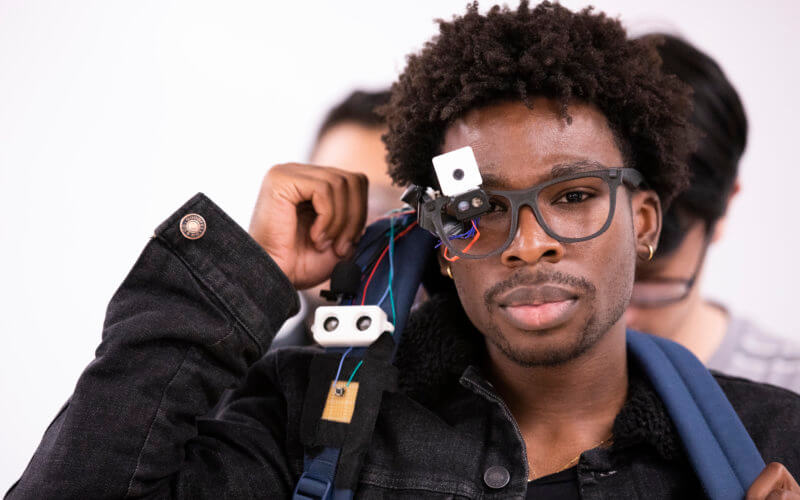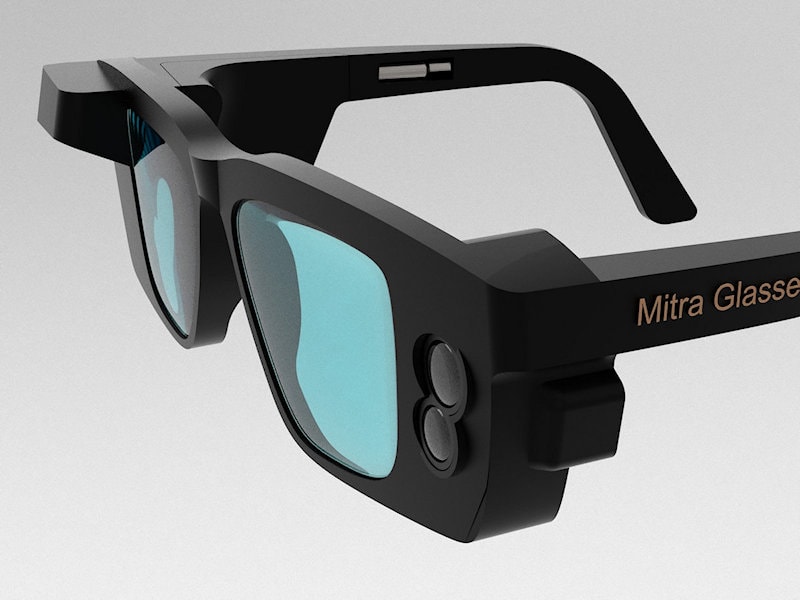Top Braille Displays and Notetakers to Enhance Accessibility for the Blind
Top Braille Displays and Notetakers to Enhance Accessibility for the Blind
Blog Article
Enhancing Access Via Assistive Modern Technology for the Blind
The combination of assistive innovation for the blind represents an essential development in access, fundamentally modifying how people navigate their settings and involve with culture. From screen viewers to ingenious smart canes, these devices not only enhance freedom yet additionally promote inclusivity in different rounds of life. As we explore the diverse kinds of assistive tools and their concrete influences on daily living, it becomes important to analyze just how ongoing technical improvements are reshaping the landscape of support for the blind area. What implications do these growths hold for the future of availability?
Overview of Assistive Innovation
Assistive technology describes a variety of tools and software application made to boost the abilities of people with disabilities, consisting of those who are aesthetically damaged or blind. This modern technology plays a critical function in promoting freedom and enhancing the lifestyle for individuals. By offering alternative methods for accessing details and performing daily tasks, assistive innovation equips individuals to navigate their environments better.
The growth and implementation of assistive technology embrace a selection of concepts targeted at cultivating availability. These concepts include user-centered layout, which focuses on the demands and choices of the person, and the assimilation of technology right into daily tasks. Such innovations make sure that assistive tools are not just practical however very easy and likewise instinctive to make use of.
In addition, assistive technology encompasses a diverse range of solutions, from low-tech choices like magnifiers to sophisticated advancements such as display visitors and Braille display screens. The ongoing development of this field is driven by the requirement to attend to the distinct challenges dealt with by individuals with visual impairments (Wearable technology for low vision). As technology remains to breakthrough, the potential for improving availability and promoting inclusivity stays encouraging, eventually adding to an extra fair culture

Kinds of Assistive Devices
Various types of assistive devices are readily available to support people that are visually impaired or blind, each created to address particular requirements and obstacles. These gadgets can be extensively categorized into three primary types: low-tech, mid-tech, and high-tech remedies.
Low-tech tools consist of products such as magnifiers, Braille tags, and responsive maps. These are reasonably straightforward devices that boost the user's ability to engage with their atmosphere without requiring complex innovation.
Mid-tech tools typically include much more sophisticated functions, such as electronic magnifiers and portable Braille note-takers. These gadgets can offer capabilities like speech outcome, enabling users to access info more successfully.

Effect On Daily Living
The schedule of numerous assistive devices significantly improves the quality of life for people that are aesthetically damaged or blind, impacting their everyday living in profound ways. By integrating modern technologies schooling to become an optometrist such as screen visitors, Braille displays, and audio description solutions right into their regimens, users gain greater autonomy and freedom. These tools promote accessibility to details, making it possible for individuals to execute everyday tasks, such as eye doctor or optometrist checking out e-mails, navigating public spaces, and delighting in media material.
In addition, assistive devices empower people to engage even more fully in social interactions and area tasks. The capability to use smart devices outfitted with availability functions permits seamless interaction and connection with others. This connectivity fosters a sense of belonging and decreases sensations of seclusion.
In expert setups, assistive modern technology sustains efficiency by allowing people to complete work jobs efficiently. Tools like voice acknowledgment software program and specialized magnification gadgets enable customers to take part in the workforce on equivalent ground with their sighted peers.

Innovations in Technology
Current technological innovations have substantially changed the landscape of tools offered for people that are visually damaged or blind. The combination of man-made intelligence (AI) and artificial intelligence has actually triggered applications that boost navigating and object recognition. Smart device applications can currently make use of AI to identify and describe environments in real-time, providing customers with useful contextual info.
Additionally, innovations in haptic innovation have led to the advancement of smart walking canes geared up with sensors that find barriers and offer responsive responses. This encourages users to navigate their setting with enhanced self-confidence and self-reliance. Advancements in text-to-speech software program and braille displays have enhanced the availability of digital material, enabling for smooth interaction with different media.
Wearable innovations, such as clever glasses, are likewise making strides in assisting aesthetic impairment. As modern technology proceeds to progress, the possibility for also more transformative devices stays on the horizon.
Future Trends and Innovations
As innovation swiftly advances, the future of assistive tools for individuals who are blind holds immense guarantee. Technologies in artificial intelligence (AI) and artificial intelligence are positioned to change the means blind customers interact with their environments. AI-driven applications are being these details created to enhance things recognition, permitting customers to determine and browse their surroundings with better convenience and precision.
Moreover, improvements in haptic feedback technology are making it possible for the production of responsive maps and navigation help that give real-time info with touch. These advancements not just boost mobility yet also foster self-reliance. Furthermore, wearable tools furnished with enhanced reality (AR) functions are arising, providing users visual information with sound summaries, thereby linking the gap in between the physical and electronic worlds.
Moreover, the assimilation of smart home innovation offers brand-new chances for ease of access, enabling individuals to control their living atmospheres through voice commands or smart device applications. As cooperation between technology designers and the blind area proceeds, the focus on user-centered style will ensure that future developments are customized to satisfy the one-of-a-kind needs of this population (Wearable technology for low vision). The trajectory of assistive innovation promises an extra inclusive and empowering future for individuals who are blind
Conclusion
To conclude, assistive modern technology plays a crucial duty in improving availability for people with visual impairments. The diverse array of gadgets, consisting of screen viewers and clever canes, substantially boosts daily living and fosters independence. Continuous innovations in technology and user-centered design ensure that these tools provide efficiently to the unique demands of the blind community. As developments progression, enhanced inclusivity and empowerment can be prepared for, ultimately improving the lifestyle for those influenced by visual impairments.
The integration of assistive technology for the blind stands for an essential development in accessibility, fundamentally modifying exactly how people navigate their settings and engage with culture.Assistive modern technology refers to a variety of devices and software developed to enhance the abilities of people with handicaps, including those who are visually impaired or blind. Wearable technology for low vision.As modern technology rapidly progresses, the future of assistive tools for individuals that are blind holds tremendous guarantee. The trajectory of assistive innovation guarantees a much more empowering and inclusive future for people that are blind
In verdict, assistive modern technology plays an essential duty in improving access for people with aesthetic impairments.
Report this page